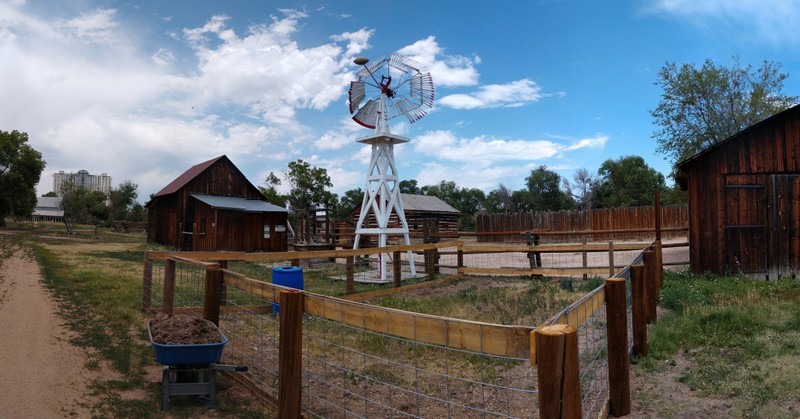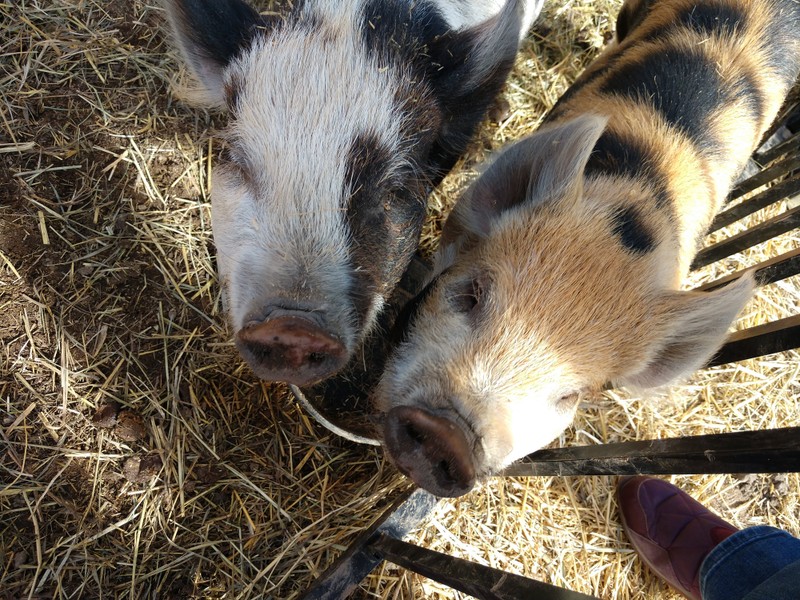The Pig Pen
Introduction
Text-to-speech Audio
Images

Clover on the left, Tig on the right

Backstory and Context
Text-to-speech Audio
Many pioneer families would raise pigs for food. Salt pork was a popular food item on pioneer trails, as the salted meat would last a very long time on the journey. Much like poultry products, pigs could be sold at markets for a profit.
Pigs were also seen in Native American tribes as well as many Hispanic communities. Many pig breeds were first introduced in America with the arrival of the Spanish conquistadors in the 1500s. Pigs would often be raised by the Catholic missions that established themselves in the southern United States as well as in areas of California.
A common breed found among many Native American tribes was the Choctaw. They were easy to take care of as they would eat what they found in forested areas. These pigs would later be sold or used for food.
Cite This Entry
Staff, Education. "The Pig Pen." Clio: Your Guide to History. November 23, 2020. Accessed March 30, 2025. https://theclio.com/entry/12682/tour/19
Sources
http://www.americankunekunepigsociety.com/
https://livestockconservancy.org/index.php/heritage/internal/choctawhog
https://www.bzhumdrum.com/pig/chapter4.html

